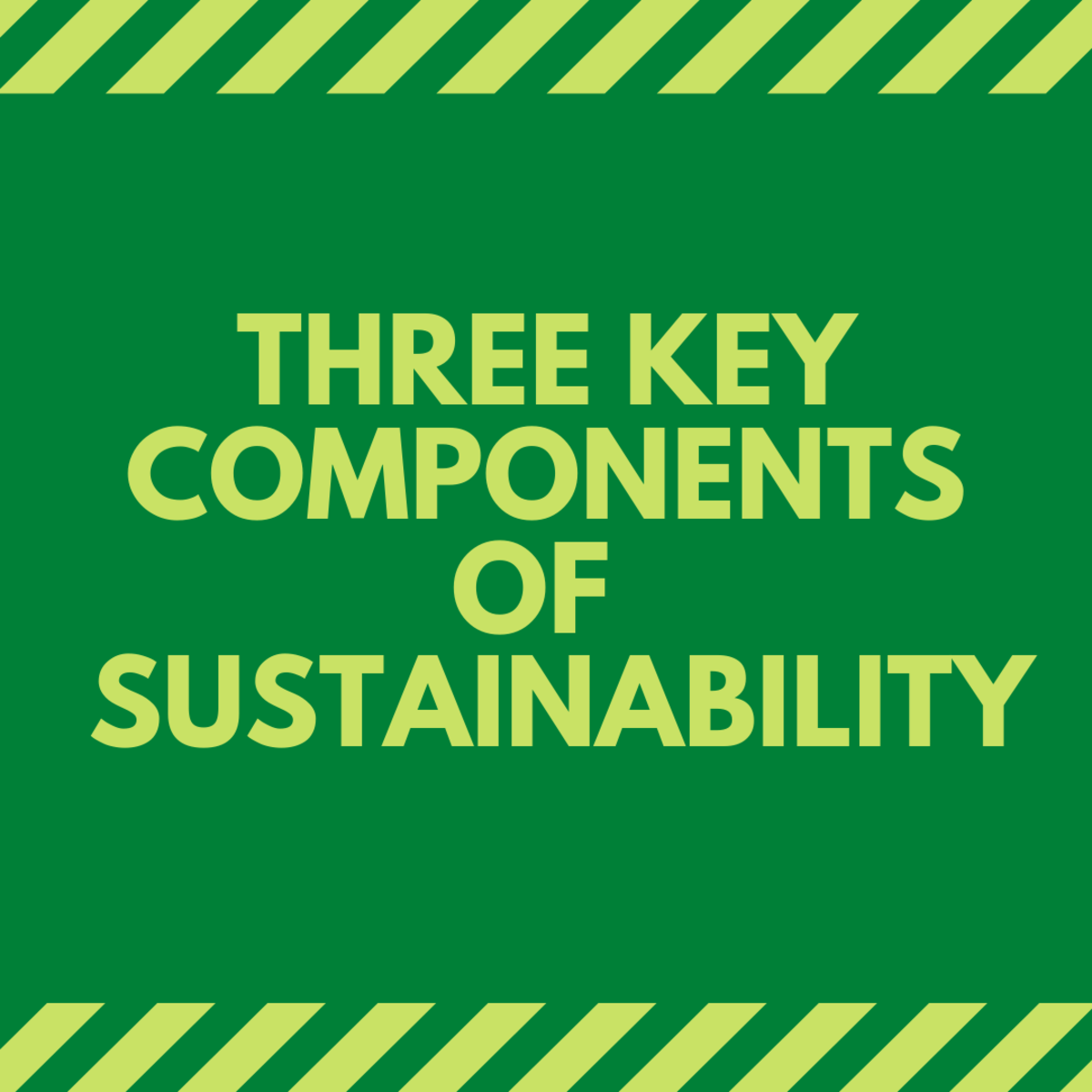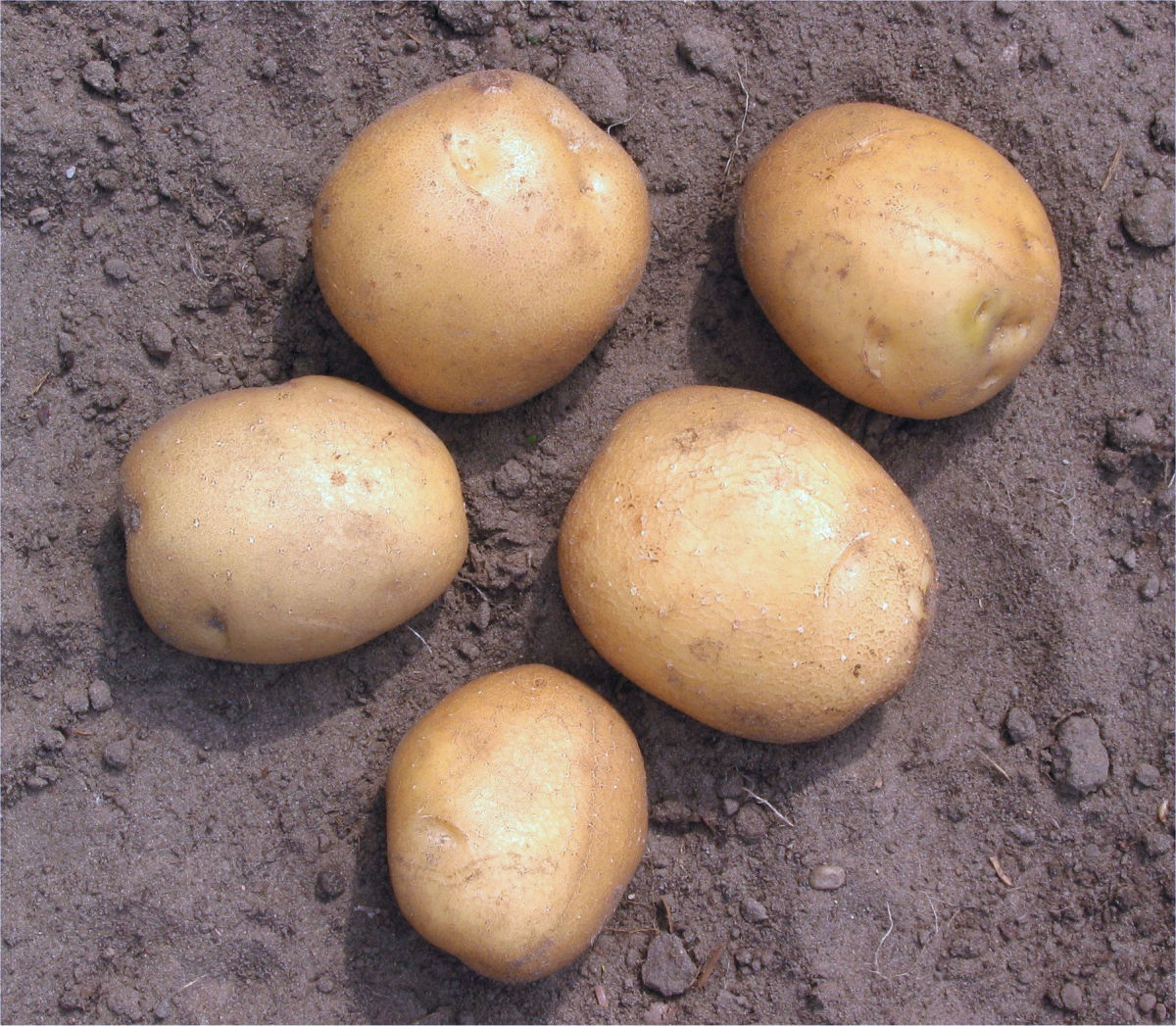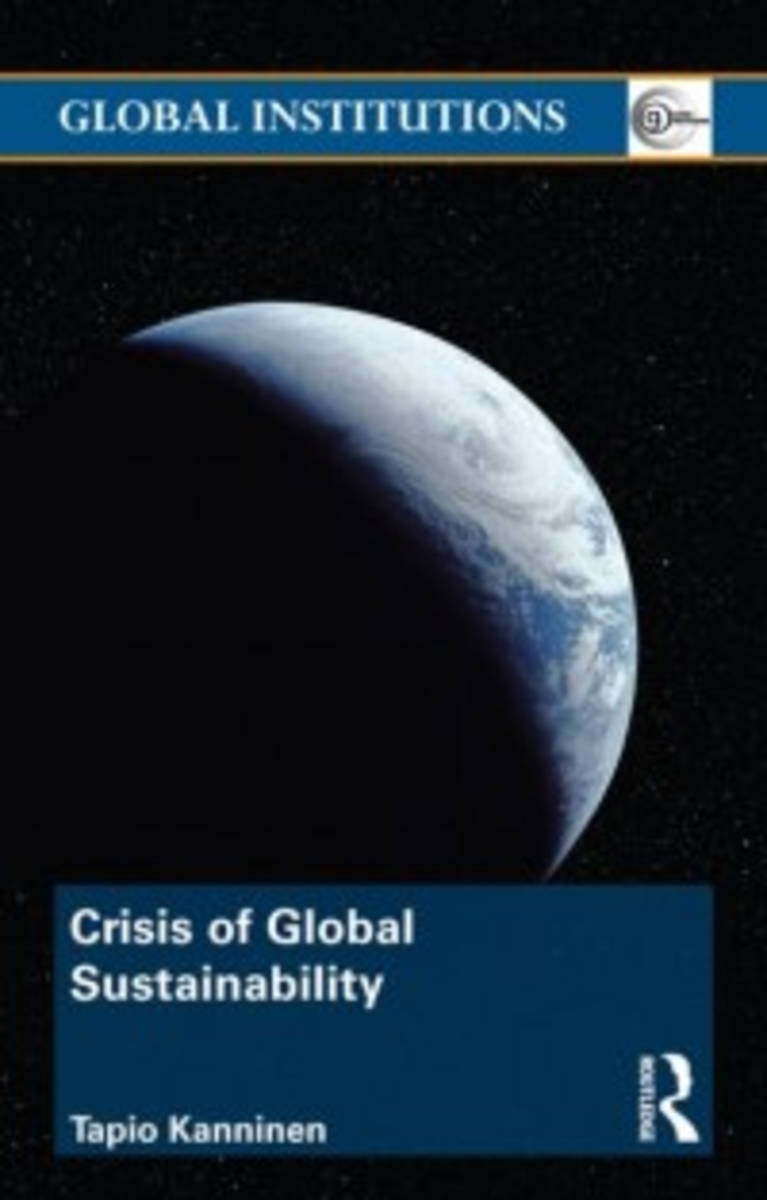A Sustainable World Is Within Our Grasp
Sustainable Design Guru

How Do We Achieve Sustainability?
Can a truly sustainable world be achieved? Yes, it most assuredly can. But it will take the hard work of all of us. Each of us has a daily, incremental duty to help create the truly sustainable world of tomorrow.
Hello, this is your sustainability guru — an architect, planner, and writer on sustainability, energy conservation and use, environmental concerns, and green design topics and tips. Let me guide you through the various steps we can all take to achieve a truly sustainable world.
Next Steps
As with any knotty problem, we must begin to break the riddle of true planetary sustainability down into a number (perhaps a very great number) of discrete difficulties.
Which of Earth's resources are we consuming? at what rate? with what efficiency or efficacy? Which of those resources can be replaced by something better, or more plentiful, or cheaper, or less onerous? What technologies can we bring to bear to improve resource use?
It is only after we understand exactly which, how many, and how much of the Earth’s resources we are regularly consuming on a daily basis that we may become motivated to alter our course. We must realize which resources are rapidly renewable (like a bamboo crop or sunshine or the prevailing breezes) and which are not (like a coal seam or oil deposit or natural gas well). We must also consider the complete life-cycle costs of the things we consume. Is natural gas really inexpensive, if our fracking operations also pollute a local clean water resource, which must then be expensively treated or replaced? Is tearing off a mountaintop to reach a coal seam cost-effective, in light of the damage of slurry, downstream pollution, or the loss of scenic wonder?
Fortunately, over the past several decades, there has been explosive growth in the science and literature of climate change, resource cost, and sustainability initiatives. We can all continue to make ourselves and those around us more responsible Earth-friendly global citizens. (After all, is there actually anybody out there who is Earth-unfriendly?)
In additional articles on sustainability, I will attempt to guide you through a world of Earth-friendly possibilities.
Begin at The Beginning
First, we must educate ourselves and others of what true sustainability of our world consists. In simple terms, true sustainability means learning to leave our planet pretty much as we found it — with no fewer resources, no dirtier air, no fewer species, no fouler water. Sounds rather simple, doesn't it? Unfortunately, it is anything but simple. How can we leave the world with no fewer resources than we found it, and yet still consume coal, oil, timber, agricultural products, livestock, and clean water as voraciously as we do? And how can we accommodate ever-increasing population, with ever-increasing standards of living?
It is only after we understand exactly which, how many, and how much of the Earth’s resources we are regularly consuming on a daily basis that we may become motivated to alter our course. We must realize which resources are rapidly renewable (like a bamboo crop or sunshine or the prevailing breezes) and which are not (like a coal seam or oil deposit or natural gas well). We must also consider the complete life-cycle costs of the things we consume. Is natural gas really inexpensive, if our fracking operations also pollute a local clean water resource, which must then be expensively treated or replaced? Is tearing off a mountaintop to reach a coal seam cost-effective, in light of the damage of slurry, downstream pollution, or the loss of scenic wonder? Fortunately, over the past several decades, there has been explosive growth in the science and literature of climate change, resource cost, and sustainability initiatives. We can all continue to make ourselves and those around us more responsible Earth-friendly global citizens. (Is there anybody out there who is Earth-unfriendly?)
- Sustainability 12: Mixed-Use Developments (MXDs)
As mixed-use developments proliferate, see how they are helping communities pursue smart integrated diverse growth across the nation. - Sustainability 18: land conservation
How to use Floor Area Ratio and other measures to determine if you are exacting full value from precious land. - Sustainability 1: Continual Striving
This is the first in a series of helpful articles on creating a more sustainable and energy-efficient world.








